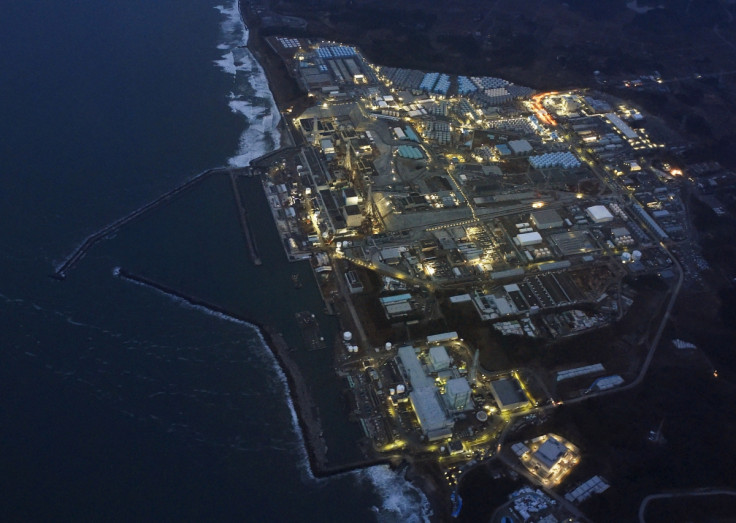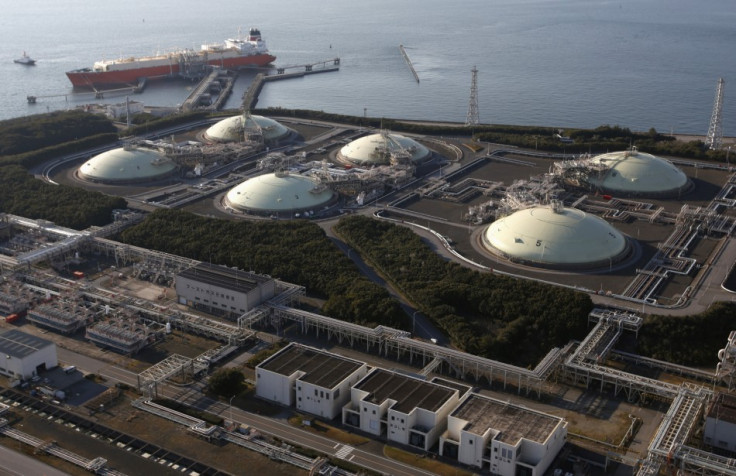Melted uranium core finally discovered at Fukushima nuclear plant, clean-up to take 40 years
A robot was able to locate the core of one of the three reactors which was hit by the 2011 tsunami.
An investigative team has finally managed to locate and identify the core of one of the reactors damaged in the Fukushima nuclear disaster of 2011. Using a robot, the crew was able to capture images of the uranium rods of the Unit 3 reactor which melted when the Fukushima Daiichi Nuclear Power Plant in Okuma, Japan, was hit by a magnitude 9 earthquake followed by a tsunami.
The earthquake caused the active reactors to automatically shut down their sustained fission reactions but the emergency generators that would have provided power to control and operate the pumps necessary to cool the reactors were disabled by the tsunami. Consequently, three of the six reactors suffered meltdowns, causing the molten radioactive material to leak.
Since the March 2011 disaster, efforts have been made to cool the nuclear material by pumping water into the reactor buildings.
Robots previously used to assess the damage were unsuccessful, often getting stuck in the debris or malfunctioning from the radiation. In the latest effort in July, the crew used a new version called the Mini-Manbo, or "little sunfish". Made of radiation-hardened materials, the robot was able to use its inbuilt sensor to avoid dangerous hot spots in the plant's flooded reactor buildings.
Footage gathered from Manbo shows a large hole at the bottom of the Unit 3 reactor, with solidified objects "like icicles" around the control rod mechanism. These clumps have been confirmed as being the uranium. Up until now, there has been much debate and suspense regarding the state of the nuclear material, but the Japanese government is now more confident that they can begin clean-up of the leak.
"Until now, we didn't know exactly where the fuel was, or what it looked like," Takahiro Kimoto, a general manager in the nuclear power division of the plant's operator, Tokyo Electric Power Co (Tepco), told The New York Times. "Now that we have seen it, we can make plans to retrieve it."
Over the past six years, Tepco has deployed around 7,000 workers to clean the plant but another project needs to be commissioned for the safe removal of the uranium. The company is expected to begin the process in 2021, which is estimated to take 30 to 40 years and cost upwards of $188bn (£142bn).

While the discovery comes as a step forward for the Japanese government, the plant's original designers, General Electric (GE), are facing a federal lawsuit over claims that the company did not properly maintain the project.
"GE designed and largely constructed the entire Fukushima Daiichi Nuclear Power Plant at the center of the dispute, and for many years, directly or indirectly through its affiliates, was responsible for the maintenance of the [plant]," the class-action lawsuit states in documents filed on 17 November. "To this day, GE has paid literally nothing toward the massive economic and business destruction its actions and failings have caused."
Residents, medical clinics, and companies in Boston (as representatives of the 150,000 Japanese citizens affected) have sued the company for $500m.
However, GE's spokesperson has pointed out that under Japanese nuclear compensation law, they are not liable. As per the law, power plant operators (in this case Tepco) are liable for the damages caused by the incident, regardless of what caused it. Additionally, the Japanese government concluded that the tsunami was responsible for the damage and it was not the fault of the reactor's design.







